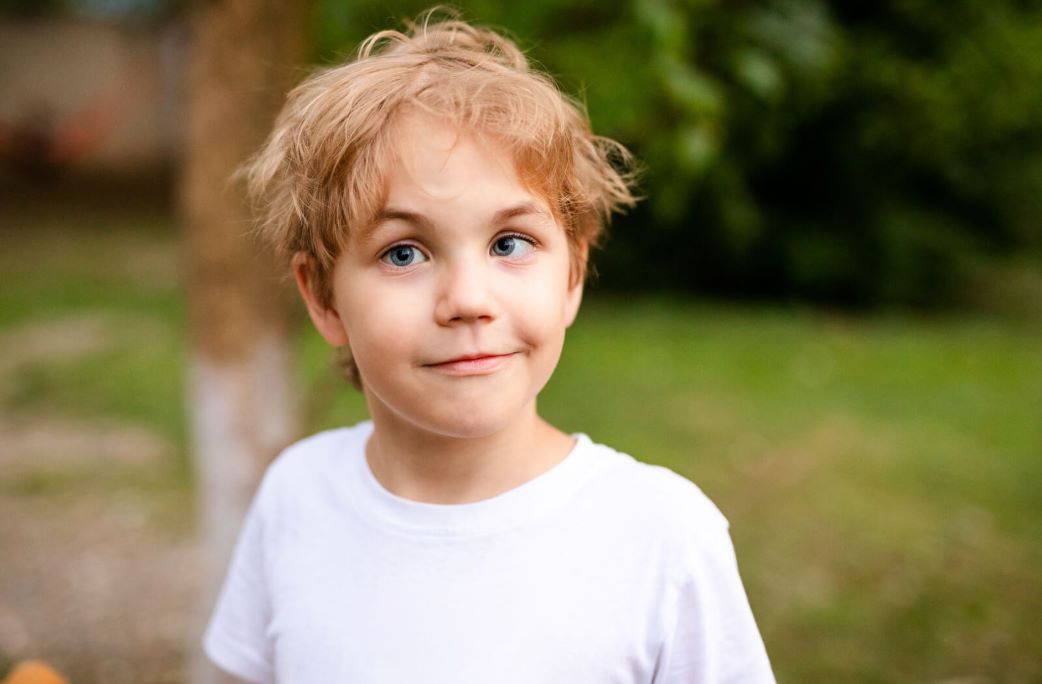Amblyopia, commonly known as “Lazy Eye,” is a vision development disorder that usually begins during infancy or early childhood. In this condition, one eye becomes weaker than the other because the brain favors the stronger eye. If left untreated, amblyopia can lead to permanent vision impairment in the affected eye. Early detection and timely treatment are crucial for restoring normal vision.
What is Lazy Eye?
Lazy Eye occurs when the brain and one of the eyes do not work together properly. The brain begins to ignore the visual signals from the weaker eye, eventually leading to reduced vision. Over time, the brain completely relies on the stronger eye, causing the weaker one to “shut down” functionally—even if it appears normal physically.
There are different causes of amblyopia, including:
- Strabismic Amblyopia – caused by misalignment of the eyes (crossed eyes).
- Refractive Amblyopia – caused by unequal refractive errors in both eyes.
- Deprivation Amblyopia – caused by conditions like cataracts or ptosis that obstruct vision.
Why Early Treatment is So Important
The human brain and visual system develop rapidly during the early years of life. By the age of 7 to 9, most of this development is complete. If amblyopia is not treated during this critical period, the brain’s ability to correct the vision loss is greatly reduced.
Here’s why early treatment matters:
- 👁️ Better Results: Treatment during the brain’s developmental stage is more effective, often leading to full vision recovery.
- 🕒 Time-sensitive Window: The best outcomes occur when treatment begins before the age of 7, though some older children may still benefit.
- 🚫 Prevention of Permanent Vision Loss: Delayed diagnosis increases the risk of permanent visual impairment in the affected eye.
- 👶 Improved School Performance: Children with poor vision may struggle with reading, writing, and coordination. Early treatment can improve learning and confidence.
Signs Parents Should Watch For
Amblyopia is often difficult to detect without an eye exam, as children may not realize they have poor vision in one eye. Watch for:
- One eye that wanders in or out
- Poor depth perception
- Head tilting or squinting
- Favoring one eye over the other
- Complaints of blurry vision or frequent eye rubbing
Regular eye check-ups, especially before the age of 5, are essential—even if there are no symptoms.
Treatment Options
Treatment depends on the cause and severity of the condition. Common options include:
- Prescription glasses to correct vision issues like farsightedness or astigmatism.
- Patching the stronger eye to force the brain to use the weaker one.
- Atropine drops to blur vision in the stronger eye, encouraging use of the lazy eye.
- Vision therapy exercises to improve coordination and focus.
Conclusion
Lazy Eye may sound harmless, but without early intervention, it can lead to lifelong visual impairment. The good news is that it’s treatable—especially when caught early. As a parent, staying alert to vision problems and scheduling regular pediatric eye exams can make all the difference.
👁️ Give your child the gift of clear sight—don’t wait to treat Lazy Eye.
📍 For expert pediatric eye care, visit Chetna Multispeciality Hospital, Chinchwad
📞 Call us today to book an appointment.
For Consultation Contact us on 9168690448 / 9158681123
Website – www.chetnahospital.co.in
Address – Chetna Hospital, Sambhajinagar, MIDC, G Block, Near Rotary Club, Chinchwad 411019
.
.
.
#hospital#pune#pcmc#chinchwad#medical#medicalservices#dryeyetreatment#dryeyerelief#dryeyedisease#dryeyetherapy#catract#catractsurgery#catracteyesurgery#catracteyeoperation#eyedoctor#eye#glaucoma#conjunctivitis#ophthalmologist#eyediseases#eyepain#pinkeye#hazeleyes#myopia#eyeinfection#amblyopia#dryeyesyndrome#eyeproblems#motibindu#motibinduoperation













